Hrímnir – Nordic Ramen in Oslo
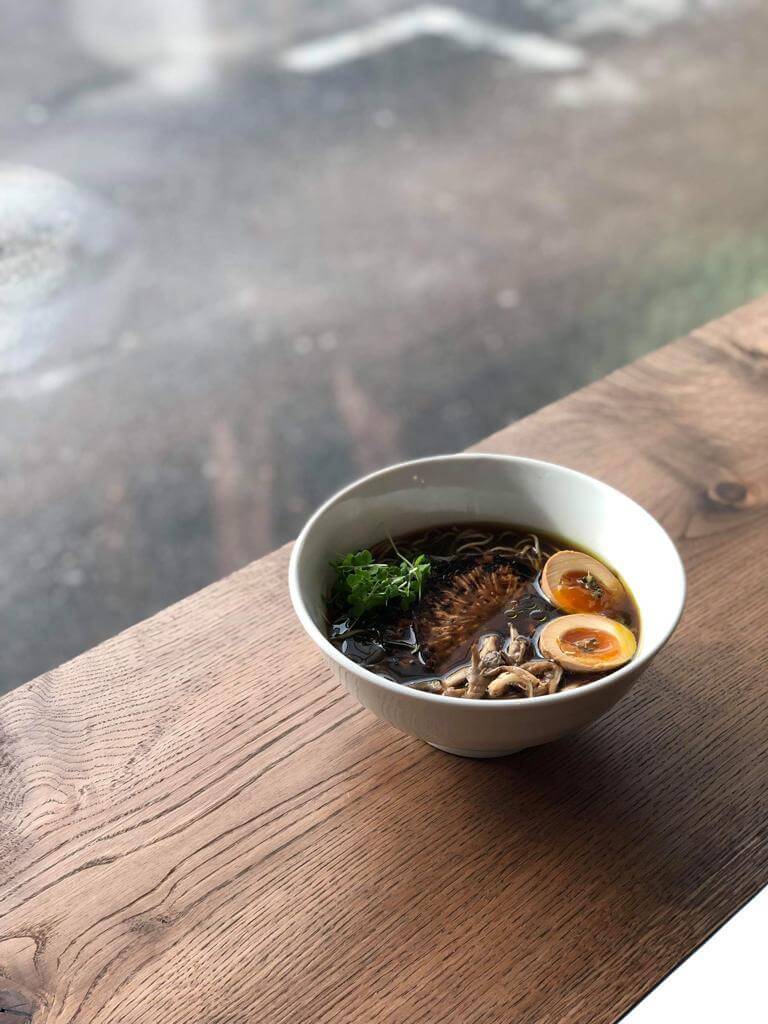
©Simon Nilsen
Open just a few weeks ago this February in Olso, Hrímnir ramen is a very unique project. Its chef and owner, American microbiology scientist David Quist has no training as a chef whatsoever. Prior to making ramen, he has worked in sustainable food policy for the Norwegian and European governments, along with technical committees for the UN. He is now a full-time ramen chef, but says that what he did before and now is not that different. ‘As a scientist, I’m inquisitive by nature and a laboratory and a kitchen are really not that different. Both are places of experimentation and exploration, yielding both spectacular failures and delightfully tasty successes. I love both. The former a source of deep learning, the latter…dinner.’
Quist’s career-changing move took place when he wrote to a ramen master in Kuramae, Tokyo and asked if he could train at his shop, having never cooked a bowl of ramen before. Kibomoto-san, owner of Ramen Kai, said he needed to meet him first to decide if Quist were suitable for the position. So he set off from Norway to Japan: ‘not knowing if I would be staying and slinging noodles, or heading home the next day’, he recalls. To make a better impression, Quist brought some of his own fermented fish sauces he had been experimenting. ‘Fortunately, he loved them and knew I was serious about making great ramen’.
The experience of working at a little ramen shop was ‘exhaustingly sublime, intense, and really really fun’. He was working 6 days a week for 13 hours a day in a ‘Liliputian’ kitchen with 4 other workers. But it was more mentally taxing than anything. ‘Adopting Japanese masters personal cues and means of communication to work in such a small space in an efficient manner requires us Westerners to use parts of the brain we don’t normally tap into’, says Quist.
Originally from China, ramen in Japan is a highly regional dish with flavours and techniques corresponding to geo-cultural landscapes. Ramen in big cities such as Tokyo can even be differentiated by neighbourhood. Hrímnir ramen – Nordic ramen – is a reflection of this tradition, set in their own seasonal landscapes. ‘We explore the many parallels between Nordic and Japanese ingredients, like great seafood and culinary techniques such as smoking, salting and fermenting’. Ramen has always been about innovation and at Hrímnir ramen, research and development is used to bring out umami through fermentation. This is where Quist’s microbiology background comes in to create a depth and complexity in the ramen from flavours previously never used in a bowl of noodles. ‘We experiment with everything and have a library of fermented sauces at our disposal, made from everything from yeasts to whale heart. In addition, all our vinegars, kombuchas, koi, miso and shoyu (soy-like sauces) – and noodles – are made in-house’.
As ramen is relatively unknown in Norway, people are just beginning to understand it is more than just a bowl of soup. Due to short summer, many ingredients are not available all year around, which means preserving everything that grows in summer to go through winter is a necessity. ‘We decided to leverage this power of limits to stroke our creative fires. We aim to see these challenges not as problems, but opportunities for finding new solutions. Like making use of things that are not normally used as food such as seaweeds and many species of seafood that could be eaten, but aren’t’, says Quist.
For David Quist, working with talented people while addressing sustainability in food systems and creating something unique is what is most rewarding in his job. But also the instant gratification when someone says ‘eating this reminds me of something from my childhood’ and, of course, getting to eat ramen every day!
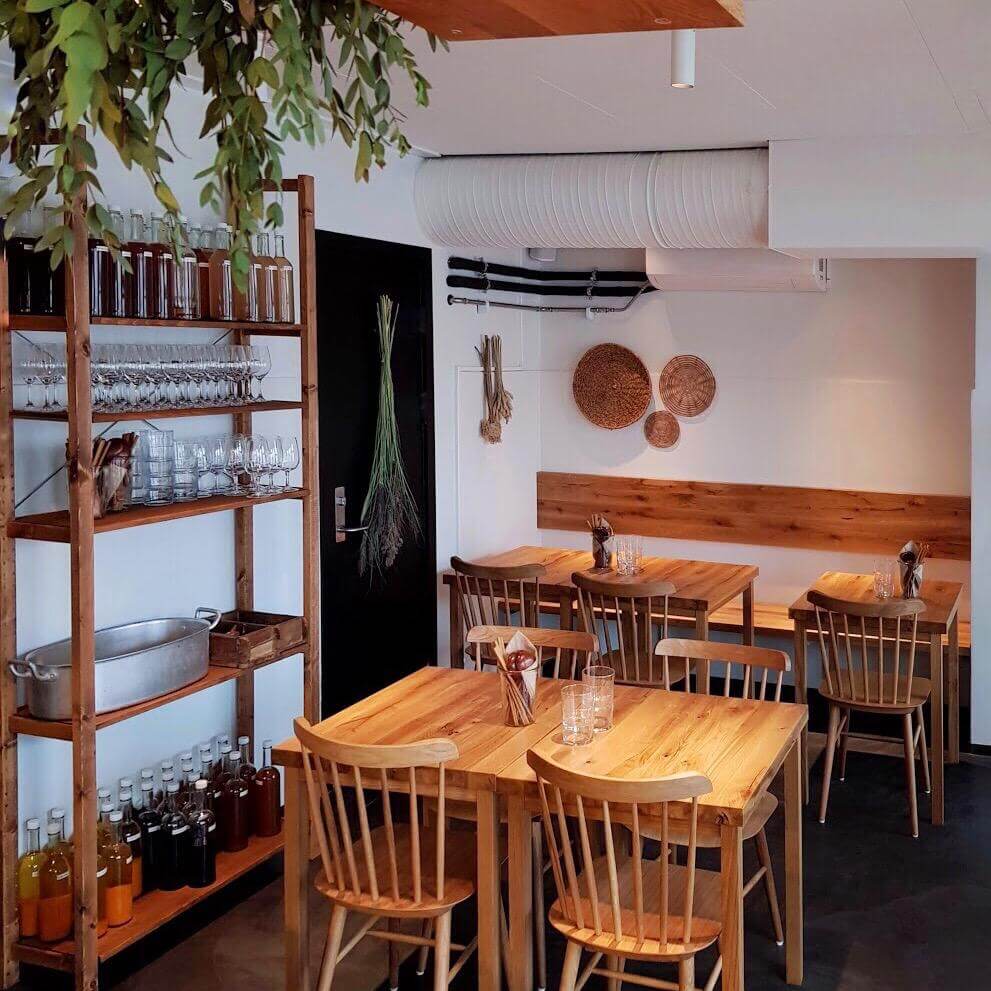
©Hannah Nordh
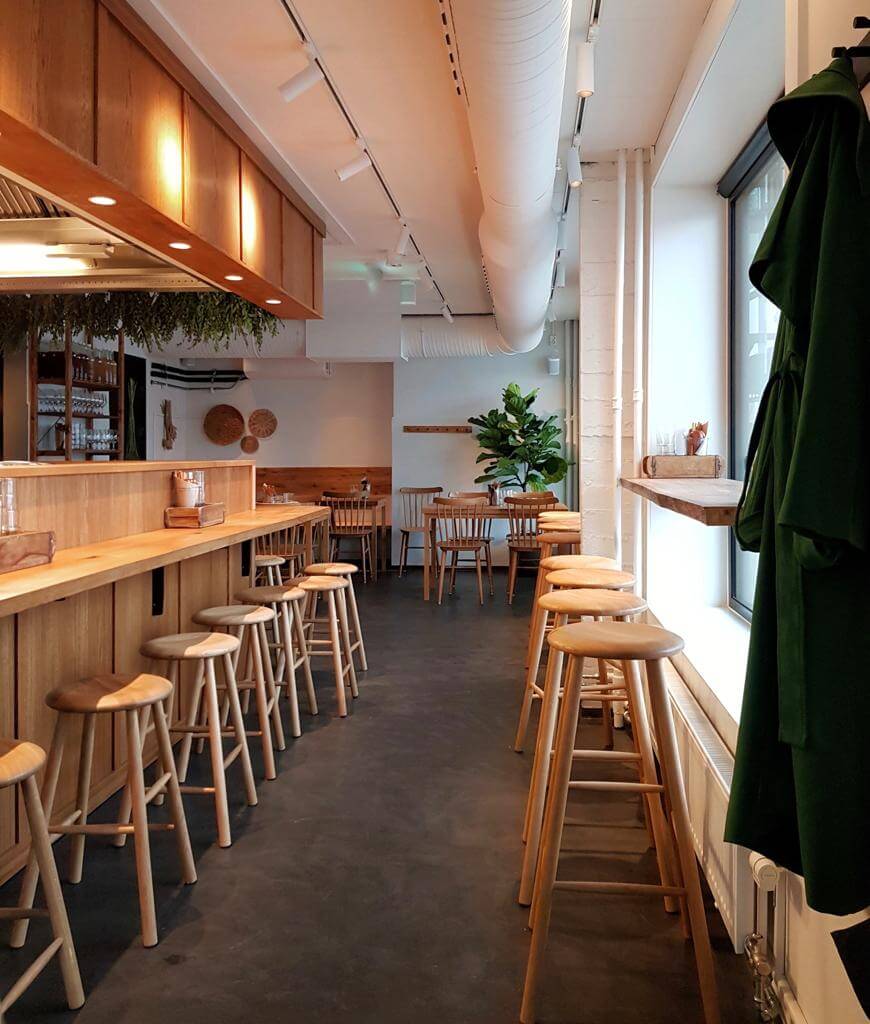
©Hannah Nordh
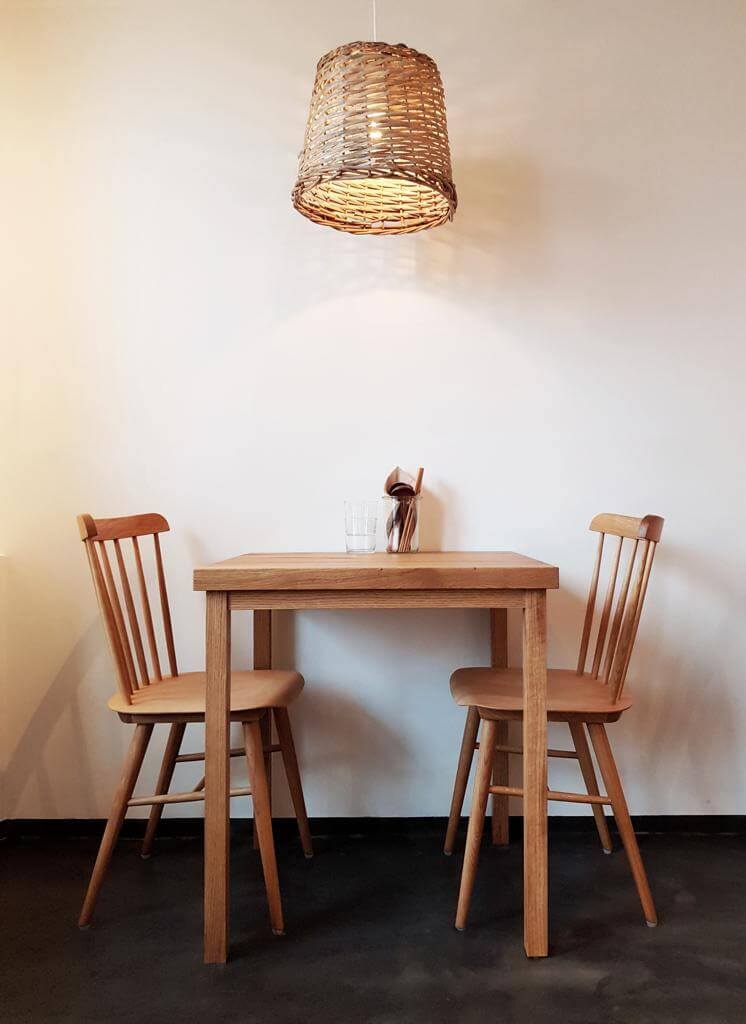
©Hannah Nordh
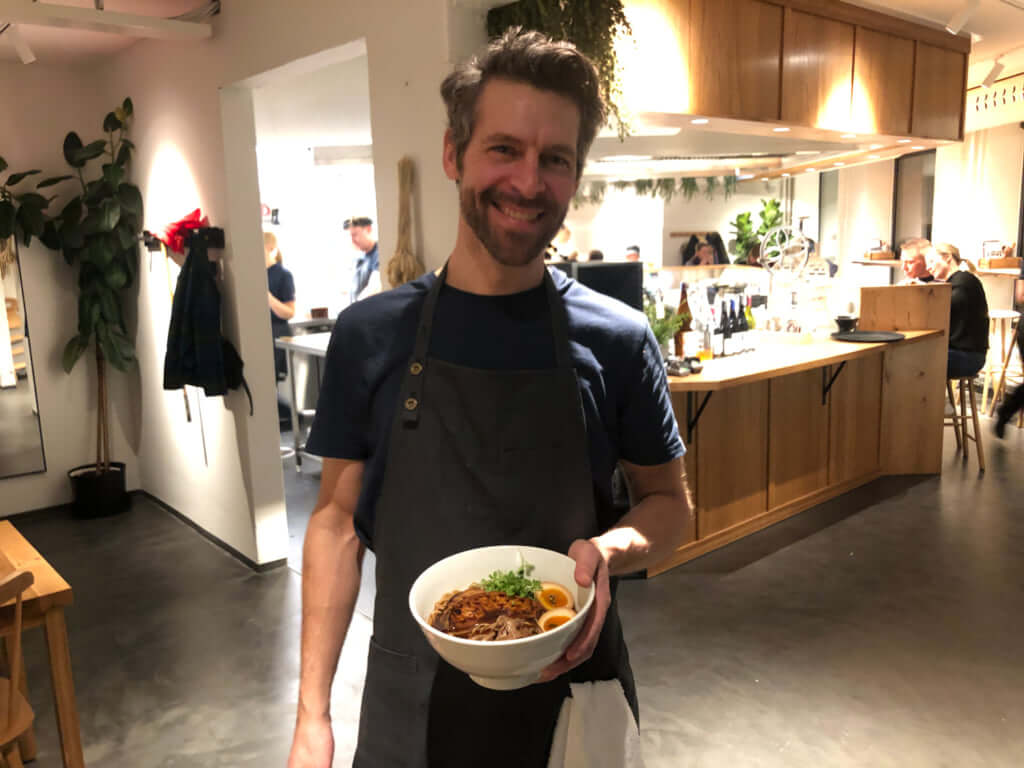
©Aiste Miseviciute
Hrímnir ramen
Maridalsveien 9A
0178 Oslo, Norway
+47 22 60 60 30
www.hrimnir-ramen.no/TRENDING
-
A Rare Japanese Garden Hidden Within Honen-in Temple in Kyoto
Visible only twice a year, ‘Empty River’, designed by landscape architect Marc Peter Keane, evokes the carbon cycle.

-
Colour Photos of Yakuza Tattoos from the Meiji Period
19th-century photographs have captured the usually hidden tattoos that covered the bodies of the members of Japanese organised crime gangs.

-
Recipe for Ichiraku Ramen from ‘Naruto’ by Danielle Baghernejad
Taken from the popular manga with the character of the same name who loves ramen, this dish is named after the hero's favourite restaurant.

-
Modernology, Kon Wajiro's Science of Everyday Observation
Makeup, beard shape, organisation of cupboards and meeting places: all of these details decipher 1920s Tokyoites.

-
The Tradition of the Black Eggs of Mount Hakone
In the volcanic valley of Owakudani, curious looking black eggs with beneficial properties are cooked in the sulphurous waters.





